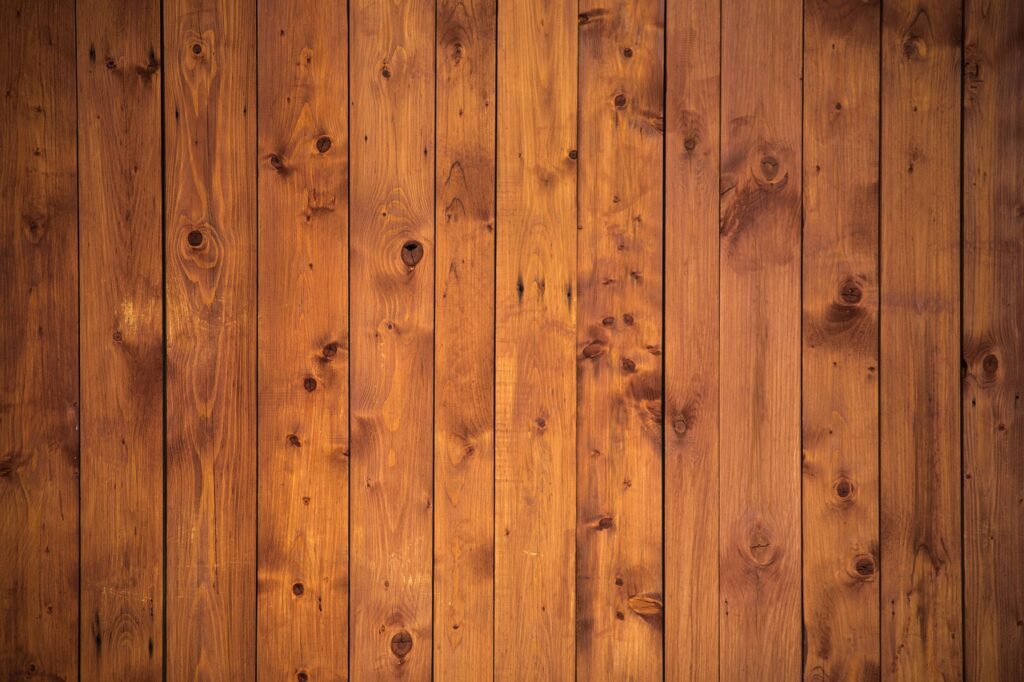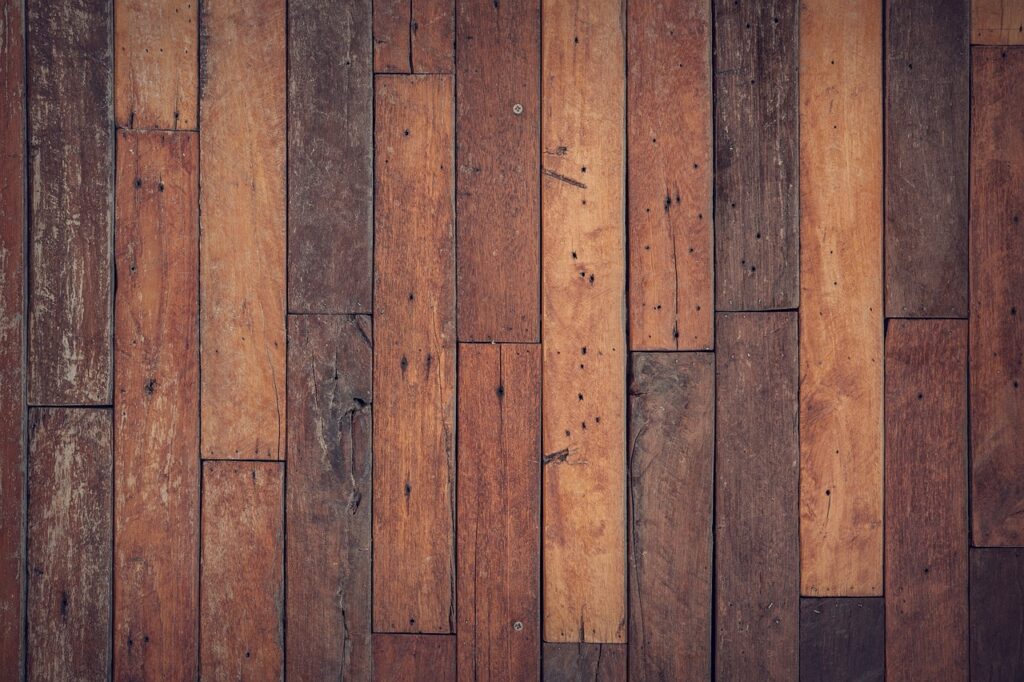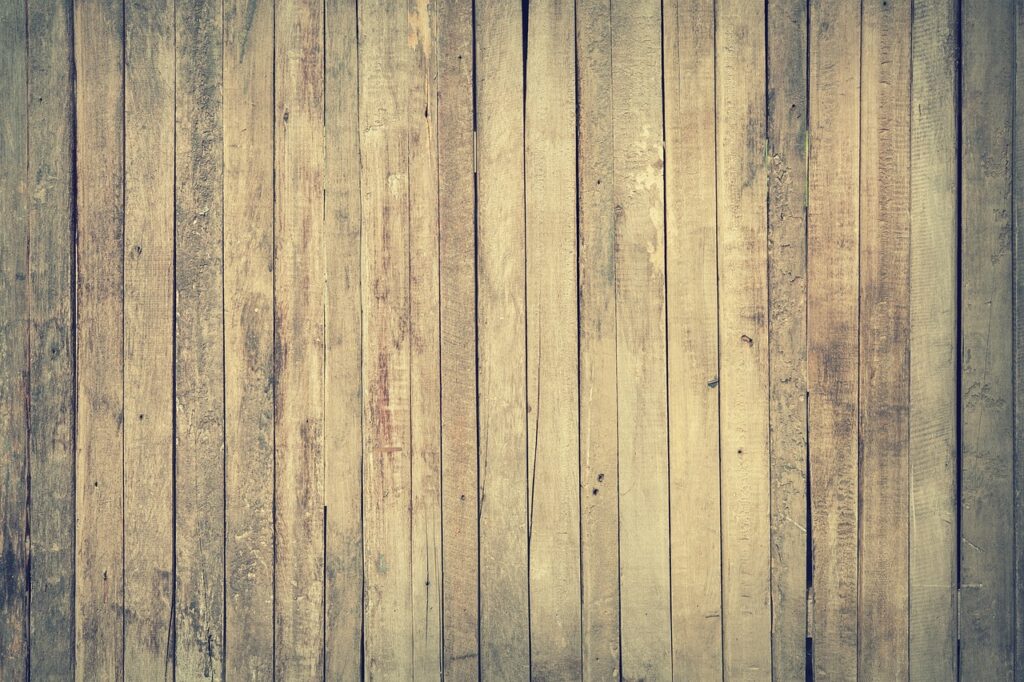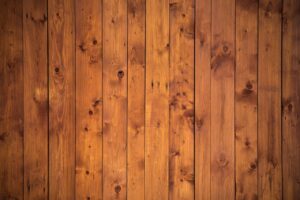Cladding Designs To Help Style Your Home

In the presence of modern architecture and home design, cladding has become an essential element in creating aesthetically pleasing and structurally sound buildings. Whether you’re looking to enhance the exterior appeal of your home or increase its insulation efficiency, choosing the best cladding designs can make a significant difference. This comprehensive guide explores various cladding options that can transform your home into a stunning architectural masterpiece.
Table of Contents
Understanding Cladding and Its Benefits
Cladding refers to the application of one material over another to provide a protective layer and enhance the aesthetic appeal. The benefits of cladding are manifold:
- Improved Insulation: Cladding can significantly improve thermal insulation, reducing energy costs.
- Weather Resistance: It offers protection against adverse weather conditions, including rain, wind, and UV rays.
- Enhanced Aesthetics: Cladding materials come in various colors, textures, and styles, allowing homeowners to customize their home’s appearance.
- Increased Property Value: Well-chosen cladding can boost the curb appeal and overall value of your property.
Types of Cladding Materials
1. Timber Cladding
Timber cladding is a popular choice for its natural beauty and environmental benefits. It adds warmth and character to any home, making it a favorite among those who prefer a rustic or traditional look.
- Types of Timber: Common types include cedar, oak, and pine. Each type has its unique texture and color.
- Finishes: Timber can be treated with oils, stains, or paints to enhance its durability and appearance.
- Sustainability: Opt for timber sourced from sustainable forests to minimize environmental impact.

2. Stone Cladding
Stone cladding provides a timeless and robust finish, perfect for creating a grand and elegant look. It is available in various forms, including natural stone and manufactured stone veneers.
- Natural Stone: Granite, limestone, and slate are popular choices, offering durability and a luxurious appearance.
- Manufactured Stone Veneers: These are lighter and easier to install while mimicking the look of natural stone.
- Maintenance: Stone cladding requires minimal maintenance, making it a practical choice for many homeowners.
3. Metal Cladding
Metal cladding is known for its modern and industrial aesthetic. It is durable, lightweight, and can be customized in various colors and finishes.
- Materials: Common metals used include aluminum, steel, and copper.
- Coatings: Metal panels can be powder-coated or anodized for added protection and color options.
- Advantages: Metal cladding is fire-resistant and requires minimal maintenance, making it a long-lasting option.
4. Brick Cladding
Brick cladding is a versatile and durable option that offers a classic appearance. It is suitable for both traditional and contemporary designs.
- Varieties: Bricks come in different sizes, colors, and textures, allowing for various design possibilities.
- Insulation: Brick cladding provides excellent thermal mass, helping to regulate indoor temperatures.
- Longevity: Brick is known for its durability and low maintenance requirements.
5. Vinyl Cladding
Vinyl cladding is an affordable and low-maintenance option that has gained popularity for its versatility and ease of installation.
- Colors and Styles: Vinyl cladding is available in a wide range of colors and styles, including wood grain finishes.
- Durability: It is resistant to moisture, pests, and fading, ensuring long-lasting performance.
- Cost-Effective: Vinyl is one of the most budget-friendly cladding options available.
Innovative Cladding Designs
1. Vertical Timber Cladding
Vertical timber cladding is a contemporary twist on traditional horizontal timber boards. This design creates a sleek and modern look, enhancing the height and visual appeal of the structure.
- Benefits: Vertical boards can make a building appear taller and more dynamic.
- Installation: This style requires precise installation to ensure water runoff and prevent moisture buildup.
2. Mixed Material Cladding
Mixed material cladding combines two or more cladding materials to create a unique and personalized aesthetic. For example, combining stone and timber can balance natural beauty with rugged durability.
- Customization: Homeowners can mix materials to reflect their style and complement the architectural design.
- Versatility: This approach works well for both traditional and modern homes, providing endless design possibilities.
3. Geometric Cladding Patterns
Geometric cladding patterns are becoming increasingly popular in modern architecture. Using materials like metal or tile, designers create intricate patterns that add visual interest and sophistication.
- Design Impact: Geometric patterns can transform a plain façade into a striking feature.
- Applications: Suitable for both exterior and interior walls, these patterns can highlight specific areas of the home.
4. Textured Cladding
Textured cladding introduces a tactile element to building exteriors. Materials like stone, brick, and even specially designed metal panels can create a textured surface that adds depth and character.
- Aesthetic Appeal: Textured surfaces catch the light in interesting ways, enhancing the visual appeal.
- Functional Benefits: Textured cladding can also improve grip and reduce slipperiness on vertical surfaces.
Sustainable Cladding Options
1. Reclaimed Timber
Reclaimed timber is an eco-friendly option that repurposes old wood from barns, factories, and other sources. It provides a rustic charm and reduces the demand for new timber.
- Environmental Impact: Using reclaimed wood helps conserve forests and reduces landfill waste.
- Unique Character: Each piece of reclaimed timber has its own history and unique appearance.
2. Eco-Friendly Composites
Eco-friendly composite cladding combines recycled materials like wood fibers and plastic to create a durable and sustainable product.
- Durability: Composites are resistant to rot, insects, and weathering.
- Low Maintenance: They require minimal upkeep compared to natural materials.
3. Green Walls
Green walls, or living walls, incorporate vegetation into the cladding system. These walls not only provide insulation and soundproofing but also improve air quality and biodiversity.
- Benefits: Green walls can reduce urban heat islands and promote a healthier environment.
- Design Considerations: Proper irrigation and plant selection are crucial for the success of green walls.

Choosing the Right Cladding for Your Home
Selecting the right cladding involves considering various factors such as climate, budget, and personal taste. Here are some tips to help you make an informed decision:
- Climate Suitability: Choose materials that can withstand the local weather conditions.
- Maintenance Requirements: Consider how much maintenance you are willing to undertake.
- Aesthetic Goals: Think about the overall look you want to achieve and how the cladding will complement your home’s architecture.
- Budget: Balance your desired aesthetic and functional benefits with your budget constraints.
Conclusion
Cladding is more than just a protective layer for your home; it is a crucial design element that can significantly impact its appearance and functionality. By exploring the various cladding materials and innovative designs available, you can enhance your home’s aesthetic appeal, improve its energy efficiency, and increase its market value. Choose wisely, and your home will stand out as a beautifully styled and well-protected sanctuary.





